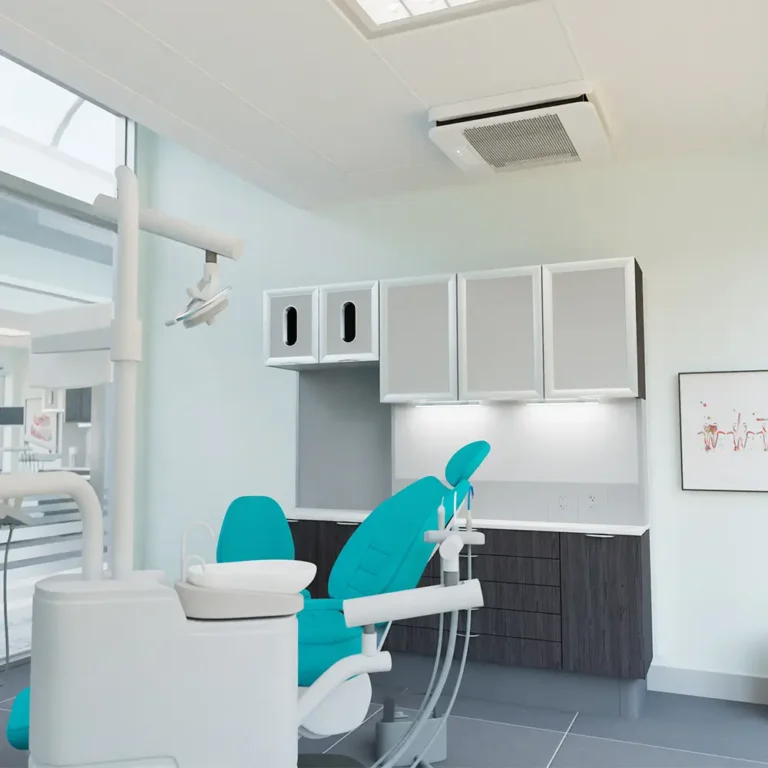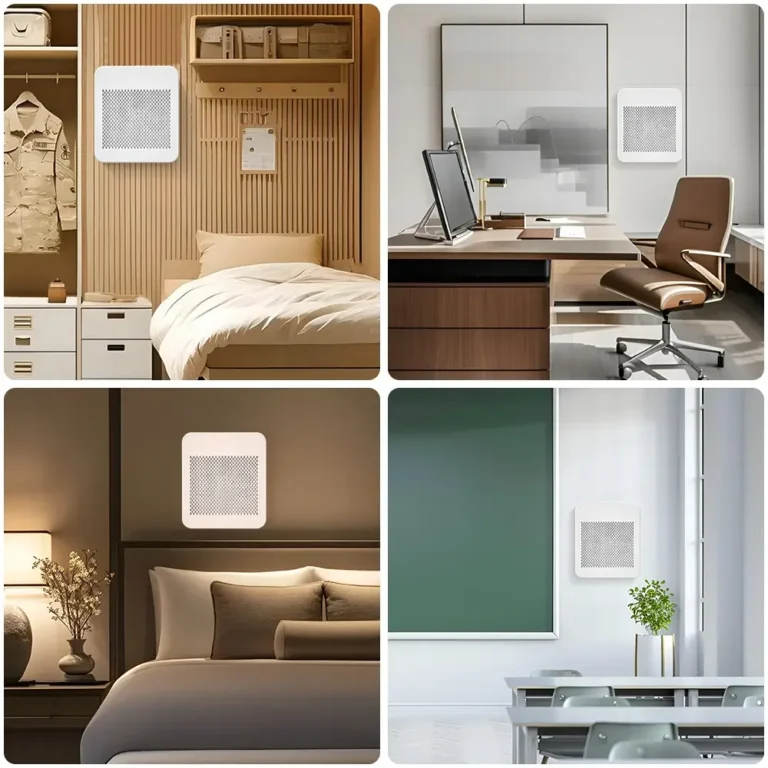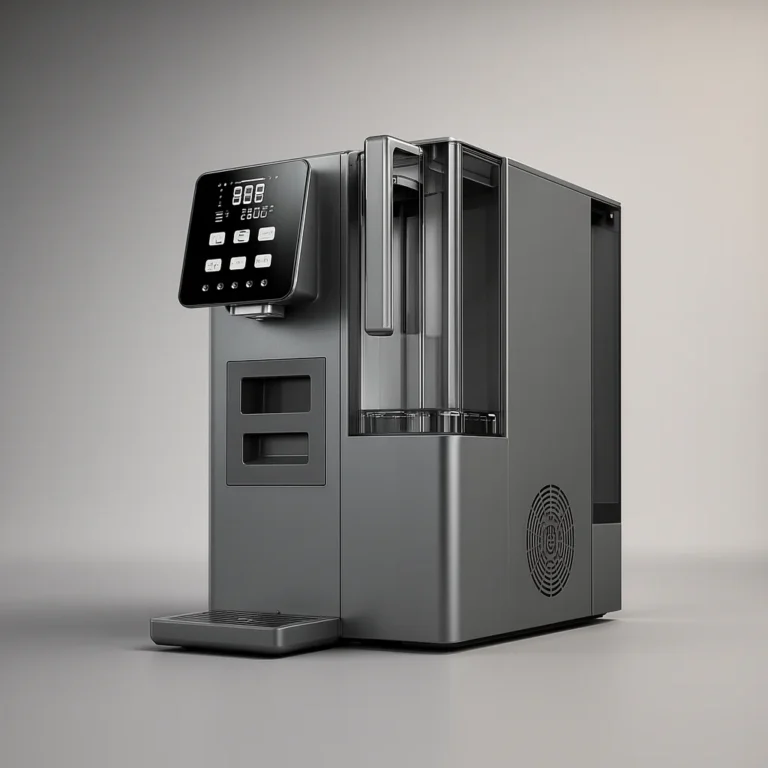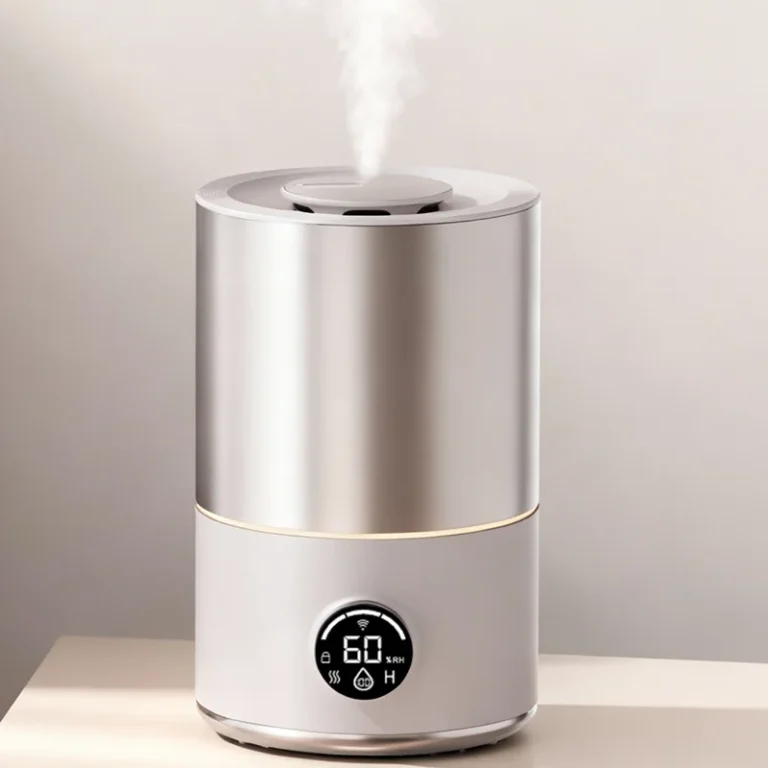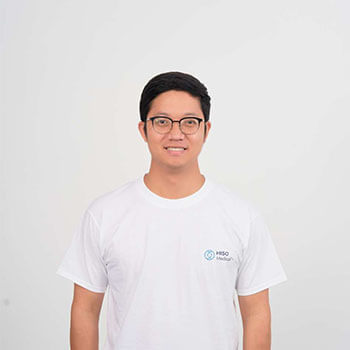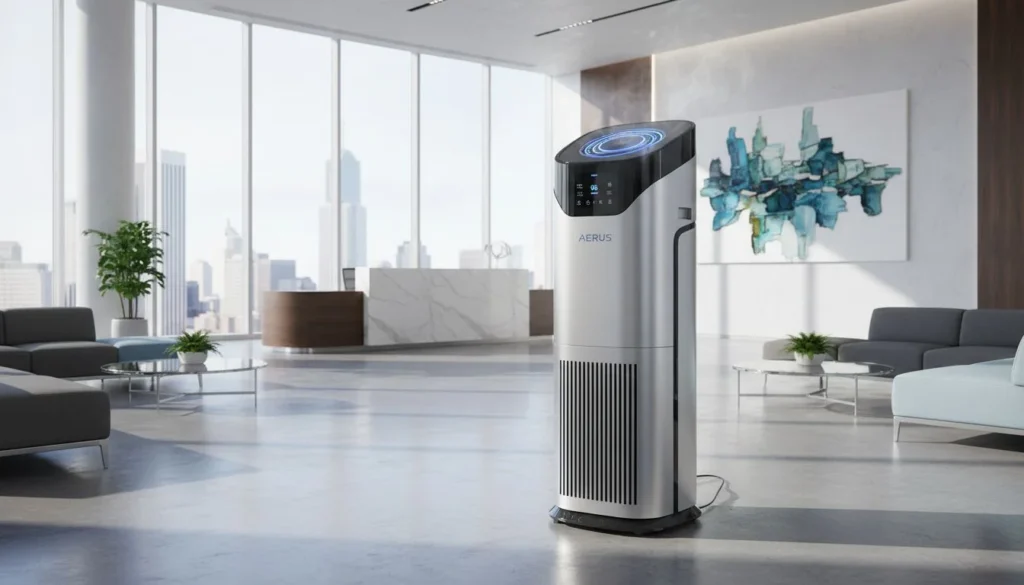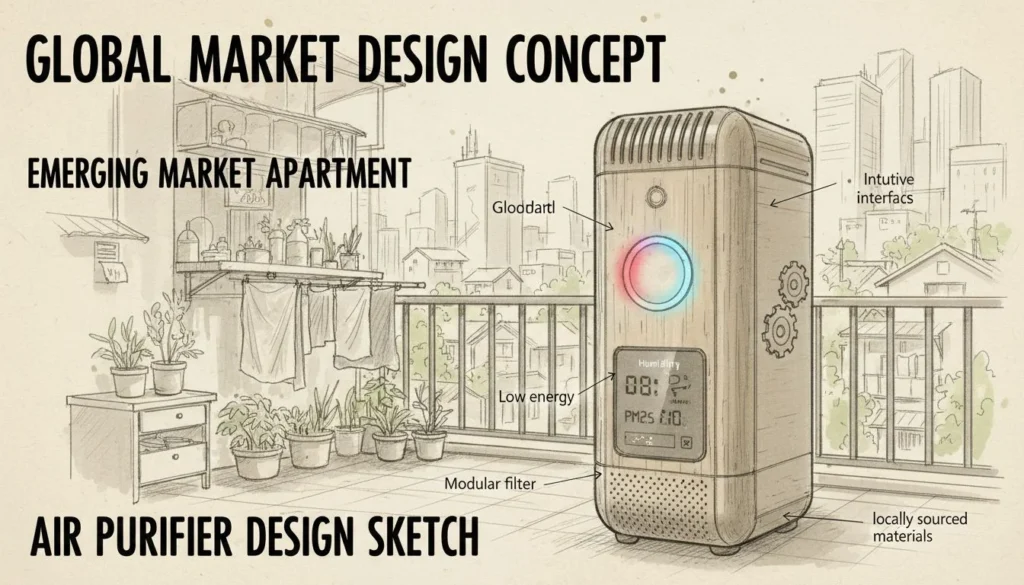If you’re importing products like air purifiers, humidifiers, or other wellness goods, you’ve likely felt the pressure of U.S. tariffs on products from China. What started as a trade dispute has evolved into a long-term strategic challenge, forcing businesses to rethink their reliance on a single manufacturing source. The days of the "Made in China" label being the default, low-cost option are complicated by tariffs that can erase profit margins overnight.
For B2B and D2C buyers, this isn't just a line item on a spreadsheet; it's a direct threat to competitiveness and supply chain stability. The question is no longer if you should diversify your manufacturing, but where you should go. This guide explores four leading alternatives—Vietnam, Malaysia, Thailand, and Mexico—to help you navigate this new landscape and build a more resilient, tariff-proof business.
The Tariff Problem: Why Staying in China is a Gamble
The core of the issue lies in the Section 301 tariffs, which place additional duties of up to 25% on a wide range of Chinese goods, including many consumer electronics and wellness products. These tariffs are not a temporary political storm; they are a structural shift in U.S. trade policy that is here to stay.

For wellness products, the impact is direct:
- Humidifiers, Dehumidifiers, and Water Purifiers: These products generally face a steep 25% Section 301 tariff when imported from China.
- Air Purifiers: There's a temporary bright spot here. Currently, air purifiers imported from China are exempt from these tariffs, but this relief is set to expire on May 30, 2025. After this date, tariffs could jump to 25% or even higher.
This exemption isn't a reason to delay action; it's a strategic window. It gives you a cost-free period to transition your manufacturing without paying tariffs on both your old and new supply chains simultaneously. Relying on temporary exclusions is a risky long-term strategy, as they can expire with little notice, leaving your business exposed. The smart move is to use this time to pivot. That’s why working with manufacturing partners who already operate outside of China is critical. HisoAir has established overseas factories that help brands reduce tariff exposure while ensuring stable supply.
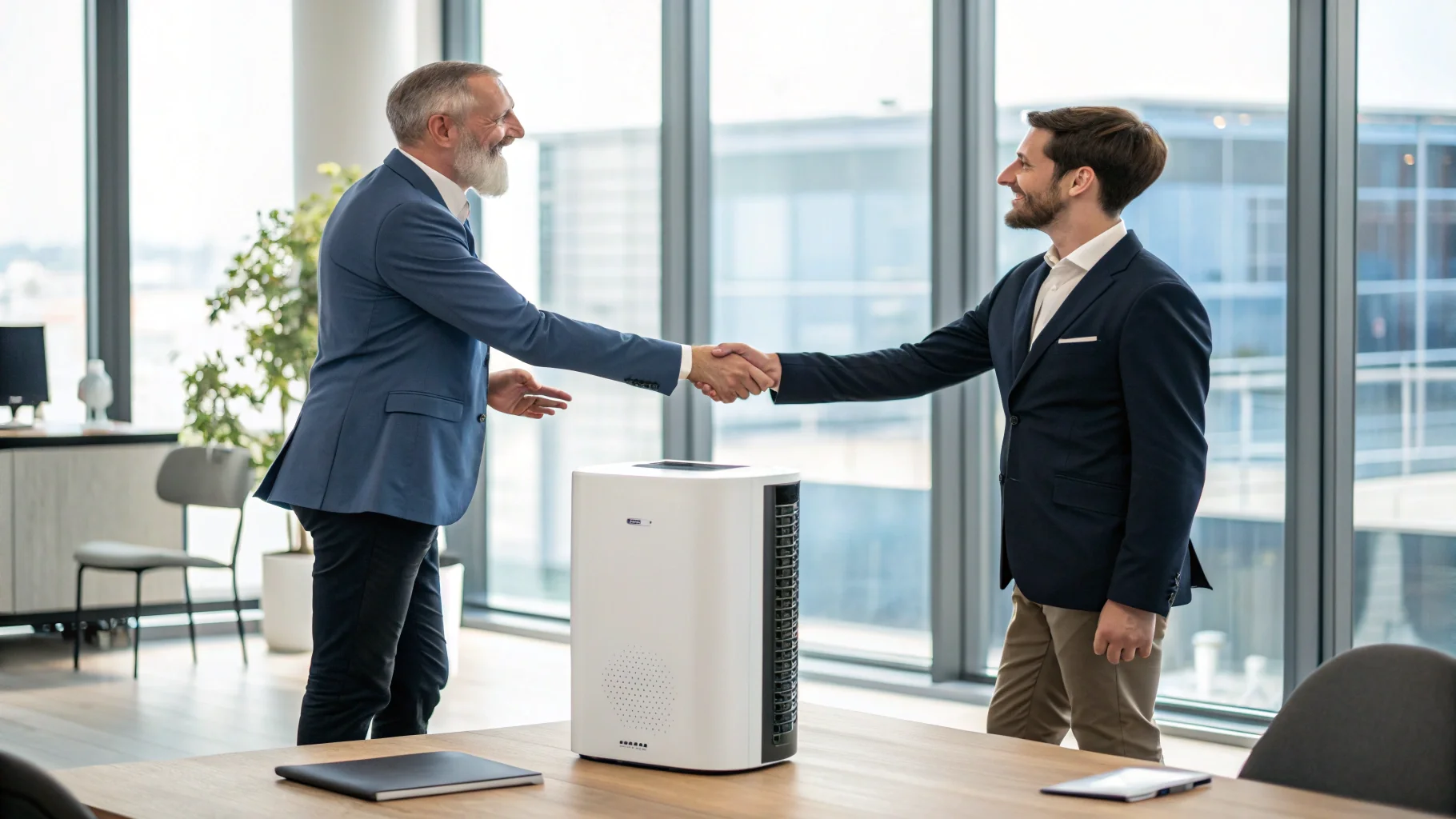
The Top "China+1" Contenders: A Comparative Look
As companies execute a "China+1" strategy, they are moving production to neighboring countries in Southeast Asia or "nearshoring" to locations closer to the U.S. Here’s a breakdown of the top four options.
1. Vietnam: The Rising Powerhouse
Vietnam has become a go-to destination for companies leaving China, attracting giants like Samsung, LG, and Foxconn. Its appeal is clear, but it comes with significant challenges.
The Pros:
- Low Labor Costs: Vietnam's primary advantage is its highly competitive labor market, with wages that can be substantially lower than in China.
- Growing Electronics Hub: The country has a rapidly expanding electronics manufacturing sector, particularly in its northern provinces, which are close to China's established supply chain.
- Government Support & Stability: The Vietnamese government is actively encouraging foreign investment with investor-friendly policies and offers a stable political environment.
The Cons & Risks:
- The Transshipment Trap: The U.S.-Vietnam trade agreement includes a 20% tariff on most goods, which is manageable. However, there's a much larger threat: a punitive 40% tariff on any goods suspected of being "transshipped"—made in China and routed through Vietnam to evade tariffs.
- Rules of Origin (RoO) Complexity: To avoid the 40% penalty, you must prove your product underwent a "substantial transformation" in Vietnam. This is difficult because Vietnam's industry relies heavily on components imported from China. Simple final assembly won't be enough.
- Developing Infrastructure: While the government is investing heavily in infrastructure, ports can still be congested, and logistics are not as seamless as in China.
- Skilled Labor Gap: While the workforce is large, there is a recognized shortage of highly skilled technical and managerial talent compared to China.
The Verdict: Vietnam is an excellent first step out of China, especially for labor-intensive assembly. However, it requires rigorous supply chain management and documentation to navigate the Rules of Origin and avoid crippling transshipment penalties. For companies seeking trusted partners, HisoAir supports OEM/ODM manufacturing in Vietnam, ensuring compliance with RoO while maintaining product quality.
2. Malaysia: The High-Value Hub
For decades, Malaysia has been a quiet giant in the global electronics scene. It offers a more mature, technologically advanced environment, making it ideal for more complex products.
The Pros:
- Mature Electronics Ecosystem: Regions like Penang, the "Silicon Valley of the East," are global leaders in high-tech manufacturing, particularly in semiconductors. Major brands like Intel, Sony, and Panasonic have a significant presence.
- Skilled & English-Speaking Workforce: Malaysia boasts a technically proficient workforce with widespread English fluency, which simplifies communication and management.
- Strong IP Protection & Stability: The country has robust laws protecting intellectual property and a stable political and economic environment, reducing commercial risk.
- World-Class Infrastructure: Malaysia offers highly developed industrial parks, reliable power, and efficient ports and airports.
The Cons & Risks:
- Higher Labor Costs: A more skilled workforce comes at a price. Manufacturing wages are higher than in Vietnam, which may impact the margins on lower-cost goods.
- Supply Chain Gaps: While its domestic component supply chain is more developed than Vietnam's, it doesn't match the scale of China's. You may still need to import certain specialized components.
- ESG Concerns: There have been documented issues of forced labor among migrant workers in the electronics sector, creating a potential reputational and compliance risk that requires diligent auditing.
The Verdict: Malaysia is the premier choice for higher-value, technologically complex products where quality, reliability, and IP protection are paramount. The higher cost is justified by a lower-risk, higher-quality manufacturing environment.HisoAir already partners with factories in Malaysia, giving clients access to advanced production lines without starting from scratch.
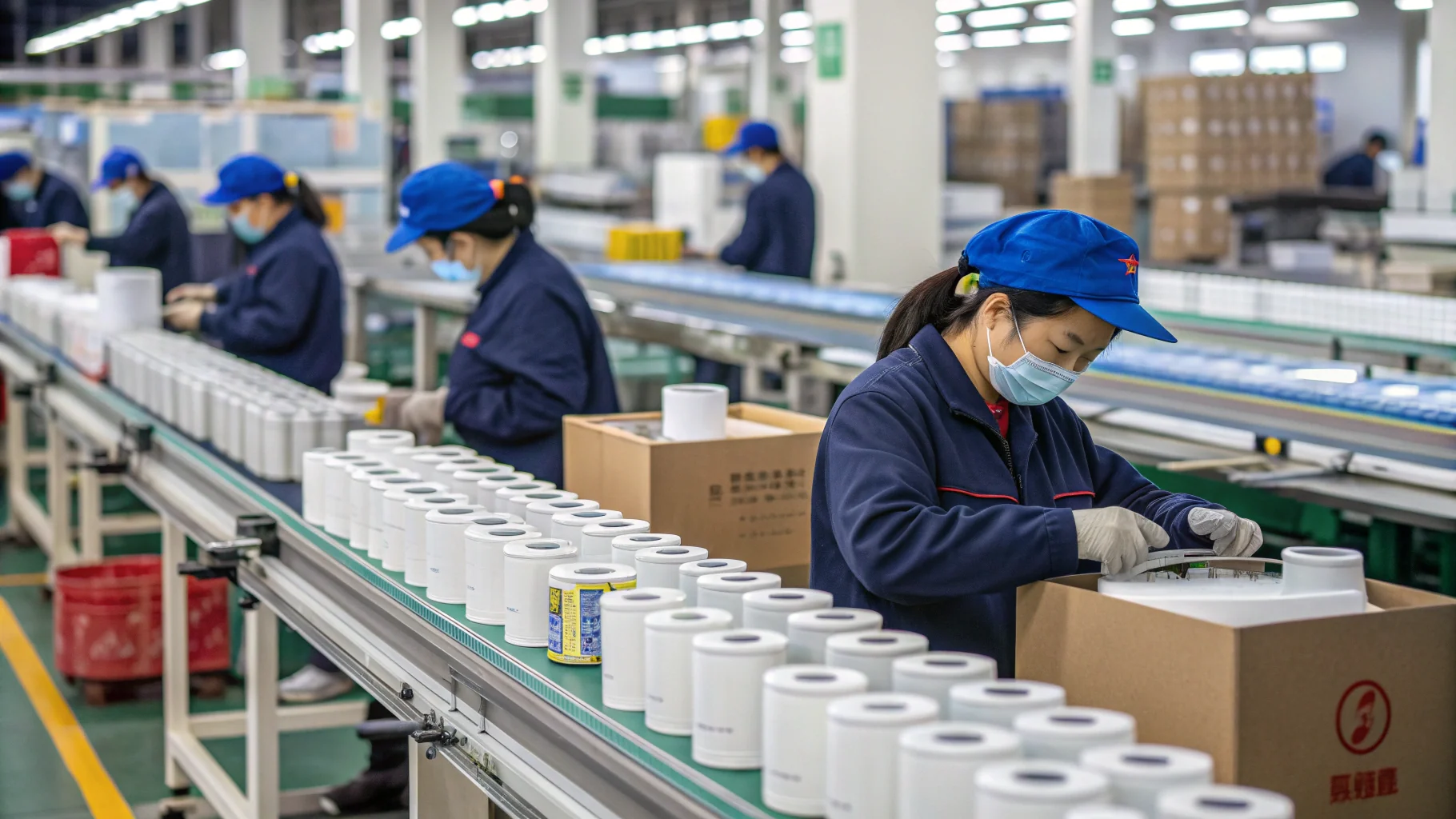
3. Thailand: The Resilient Competitor
Thailand offers a balanced profile with the largest electronics manufacturing base in the ASEAN region and strong government backing, though it comes with its own set of uncertainties.
The Pros:
- Massive Industrial Base: Thailand is a world leader in producing components like hard disk drives and has a vast, capable manufacturing workforce.
- Strong Government Incentives: The government's Board of Investment (BOI) and Eastern Economic Corridor (EEC) initiative offer attractive incentives, including long-term tax holidays and streamlined business setup, to attract high-tech investment.
- Competitive Labor: Labor costs are generally competitive, sitting in a middle ground between Vietnam and Malaysia.
The Cons & Risks:
- Political Instability: Thailand has a history of political instability, including military coups, which poses a long-term risk for investors.
- Uncertain Rules of Origin: The U.S. and Thailand have agreed to a 19% tariff rate, but the specific Rules of Origin are still being negotiated. This uncertainty makes it difficult to plan for compliance. The U.S. may push for stricter rules to prevent Chinese goods from passing through.
- Logistics and Bureaucracy: Logistics costs in Thailand are higher than the global average, and foreign investors can face delays from complex licensing and regulatory procedures.
The Verdict: Thailand is a solid, well-rounded alternative with a powerful manufacturing sector and strong government support. However, businesses must be comfortable with the latent political risk and the current ambiguity surrounding trade rules. To minimize these risks, HisoAir works with vetted Thai partners that meet U.S. compliance requirements.
4.Mexico: The Nearshoring Game-Changer
Moving production to Mexico is a fundamentally different strategy. Instead of just finding a new low-cost location in Asia, it involves bringing manufacturing closer to home to leverage a unique and powerful trade advantage.
The Pros:
- The Ultimate Prize: 0% Tariffs: Under the United States-Mexico-Canada Agreement (USMCA), products that meet the agreement's Rules of Origin can enter the U.S. completely duty-free. This is an unparalleled advantage that no Asian country can offer.
- Speed and Agility: Proximity to the U.S. slashes shipping times from weeks to days. This enables just-in-time manufacturing, reduces inventory costs, and allows you to respond to market changes with incredible speed.
- Deeply Integrated Supply Chain: Mexico has a massive, well-established electronics industry and is already the second-largest supplier of electronics to the U.S. Its supply chain is highly integrated with the U.S., making it easier to source compliant components.
- Abundant Skilled Labor: Mexico graduates over 115,000 engineers and technicians annually, providing a deep and sustainable talent pool for advanced manufacturing.
The Cons & Risks:
- The Toughest Rules of Origin: Achieving that 0% tariff is not easy. USMCA's RoO are strict and require that a significant portion of a product's value and key components originate in North America. Simply assembling Asian parts in Mexico will not qualify. This requires a much deeper and more capital-intensive transformation of your supply chain.
- Higher Upfront Investment: Shifting your supply chain to prioritize North American components can be more complex and costly upfront than simply moving assembly to another Asian country.
The Verdict: Mexico is the most powerful strategic option for businesses focused on the U.S. market. While it requires the biggest upfront investment in re-engineering your supply chain, the reward is complete tariff elimination, unmatched logistical advantages, and long-term resilience.HisoAir offers nearshoring solutions in Mexico, helping brands qualify under USMCA and access the U.S. market duty-free.

Conclusion: Your Next Move
The era of relying solely on China for manufacturing is over. Persistent U.S. tariffs have made supply chain diversification a matter of survival and competitive advantage. There is no single perfect solution; the right choice depends on your products, your budget, and your long-term vision.
If you need immediate cost relief for labor-intensive products, Vietnam is a strong contender, provided you can manage the complex Rules of Origin. For high-value, tech-heavy goods, Malaysia offers a mature, reliable ecosystem. Thailand presents a balanced, if less certain, alternative.
However, for businesses whose primary market is North America, Mexico offers the most compelling long-term prize: a future free from tariffs. The path is more demanding, but the payoff in cost savings, speed, and stability is unmatched.
The clock is ticking on the temporary tariff reliefs. Now is the time to explore trusted partners. HisoAir provides overseas manufacturing in Vietnam, Malaysia, Thailand, and Mexico helping brands bypass tariffs and secure a resilient supply chain for the future.

